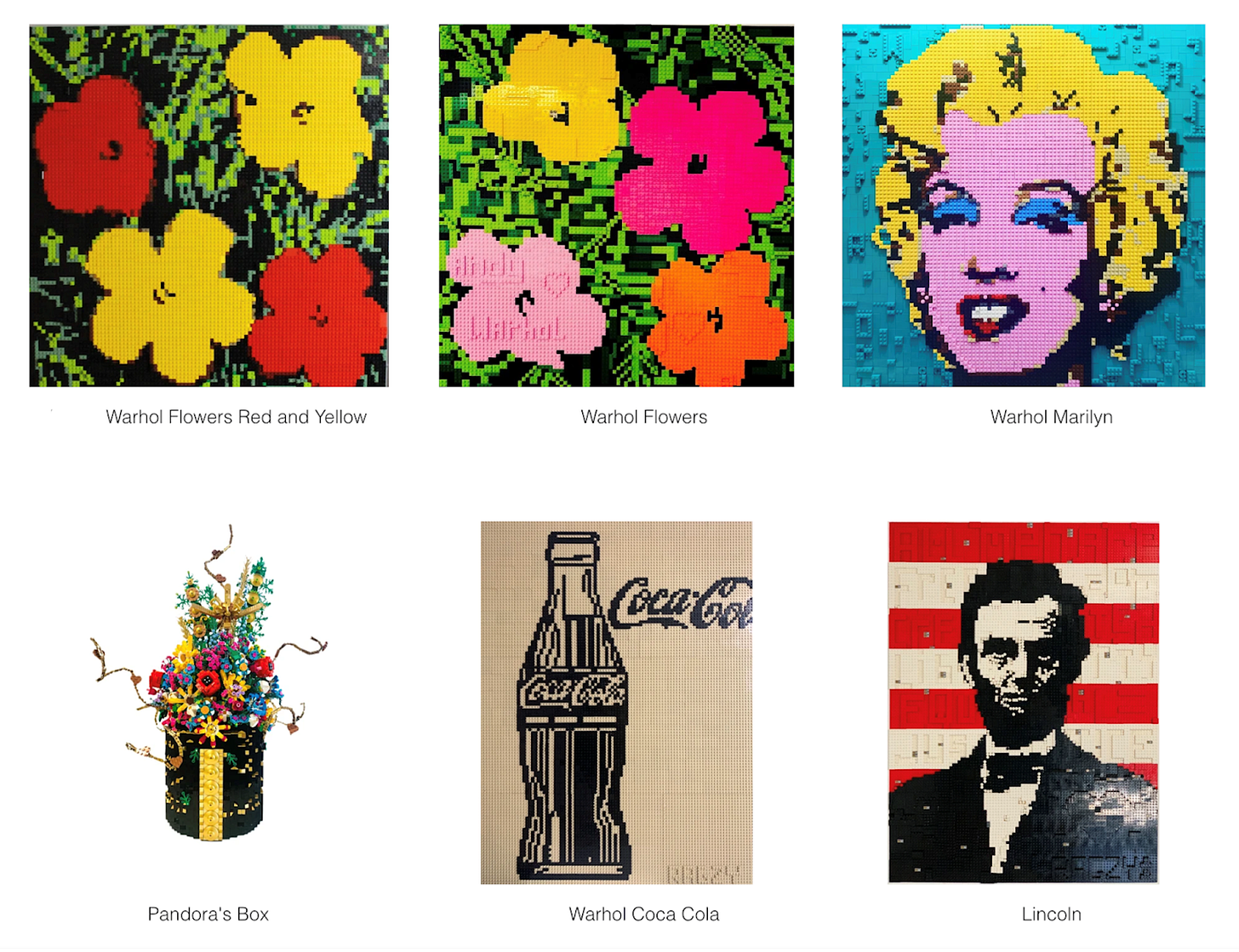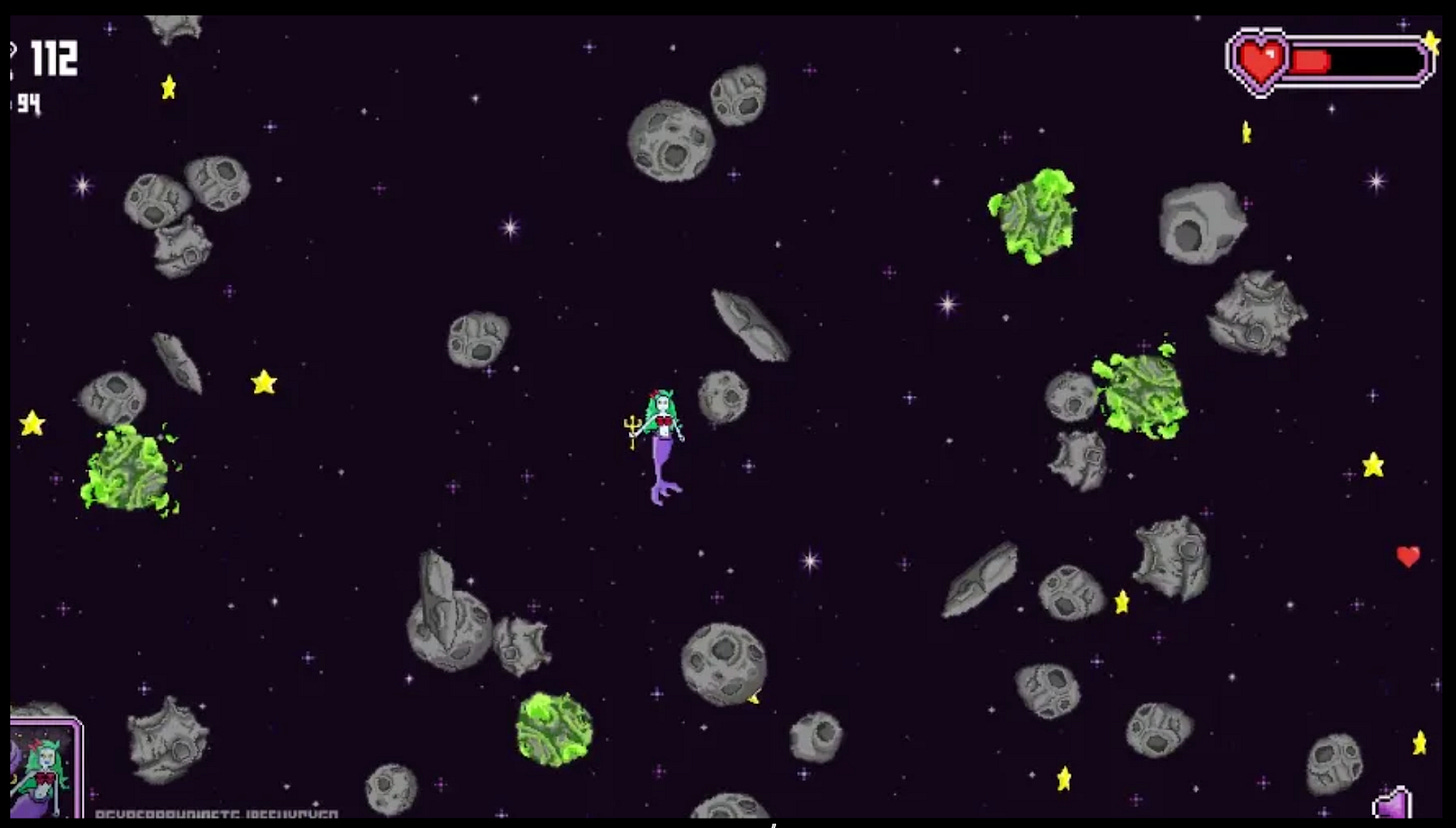#31 - An Artist’s Perspective on NFTs
The Journey into a “Pixel Wonderland”
Stanford Blockchain Review
Volume 4, Article No. 1
📚Author: Ragzy
🌟Technical Prerequisite: None
Introduction
Artistic mediums have always evolved alongside technological advancements, and to me, NFT digital collectibles symbolize a pioneering wave of artistic innovation within the digital realm. Throughout my career as a professional artist, I've achieved many milestones, from selling out shows, to showcasing works alongside the legendary Andy Warhol, collaborating with multi-billion dollar companies, exhibiting in prestigious museums, and acquiring some of the most high-profile art collectors in the world. My journey into the “degen” world of crypto has been nothing short of a whirlwind. So here’s a story of how I, as a contemporary artist, found my way into a “pixel wonderland” of crypto art and NFTs.
NFTs and Pixel Bricks
I’ve worked with a diverse range of media in the art world, and before crypto, I was primarily known for my block and pixel style works, creating both 2D pieces as well as 3D sculptures. In particular, I loved using lego as a medium to recreate the lively-colored, high-contrast, block-art style characteristic of Warhol and other pop artists. The craft of masonry has been a longstanding tradition in my family, and the utilization of blocks as a medium for artistic expression resonated with me, providing an infinite canvas for my creativity.
When I first encountered the world of non-fungible tokens (NFTs), I was immediately drawn to the pixelated style of artwork in popular collections such as CryptoPunks. Pixels were just like lego: they offered a way to create a distinctive style that aligned perfectly with my artistic vision. These block-art NFTs encapsulated the vivid, brightly-colored cyberpunk and pop-art aesthetic I had pursued all my career, and combined it with cutting-edge blockchain technology to create a novel medium for digital art. And so, I decided to take on NFTs as a new avenue of artistic expression.
Becoming an NFT Artist
In May 2021, I launched my first NFT art collection, “Byte Candy” that featured digital representations of candy block hearts, each with its own color pattern and signature phrase [x]. Though these pieces of “candy” weren’t edible, these digital pieces gained great traction, selling almost as swiftly as I could produce them, one by one.
My artistic experiments with NFTs quickly gained traction within the NFT community. Much to my surprise, I quickly gained over 250,000 NFT enthusiasts with my new crypto-related social media content, and these digital collections became a new source of income for me as a creator. All this caught the eye of leading media outlets such as Rolling Stone, The New York Times, Business Insider, and the Daily Mail, who became fascinated with how I, as an artist and a creator, stumbled upon the hubbub of the crypto space and began using NFTs as a new means of artistic expression.
As my audience grew within the web3 space, I began to experiment with a wider range of digital art – from launching my NFTS into space (via Blue Origin) to building web3 gaming tournaments. In line with my vision throughout my artistic career, each of my collections contains a unique twist and an avant-garde element. One of my favorite collections was an NFT that had the ability to disappear, entitled “Ghosted.” Perhaps the most important part of using NFTs as a medium is that it allows creators like myself to have a large space of digital experimentation, as well as a form of ownership over digital art that was previously hard to maintain.
Building Trust
Interestingly, one of my biggest realizations as an NFT artist is the extent to which trust, brand, and identity matters for a creator in web3. Throughout my journey in the space, I’ve consciously “doxxed” myself as a public persona, as a way to increase a sense of trust and identity between myself and collectors of my artwork. When I collaborate with other creators and projects, I also generally look for publicly “doxxed” teams to verify the authenticity of these creators [3].
Even if the end goal of the space is to establish “trustlessness,” trust is still necessary as a component in onboarding people into Web3. Blockchain technology is still in its early stages, and I believe that as an artist and creator, one of my other roles is to educate broader audiences on the nuances of the spaces, using my personal experiences as a springboard to decrease the barrier of entry.
Looking back, the growth and popularity of my digital art pieces in the crypto world remains one of my most surreal experiences. When I first stepped into the space, I could never have imagined becoming overwhelmed by all the responses and inquiries into my journey into blockchain art. Oftentimes, people ask how I’ve made it this far as a digital artist. My response is always simple: just like in all fields of art, stay true to your unique artistic vision, and don’t be afraid to push boundaries.
Becoming a Multichain Creator
One of these boundaries I’ve pushed is to expand beyond Ethereum and create digital art for a wide variety of blockchain ecosystems. By minting NFT collections across Bitcoin, Polygon, BNB and the XRP Ledger, I’ve tried to engage a much broader audience with my artwork, as well as gradually explore the varying “personalities” of each chain.
Every ecosystem became almost like a different digital gallery, highlighting different themes within my artwork as well as different parts of the community’s identity. For example, I was fortunate to be selected as one of the winners of the Ripple’s $250MM Creator Fund, and created “Space Mermaids,” an NFT-based interactive game on the XRP ledger that quickly gained popularity and topped the charts at #1 within 24 hours of launch [4].
Another benefit of embracing a multi-chain approach to digital creation is that it allowed me to stay “ahead” of the curve, and quickly adapt to cutting edge developments. For example, I first heard of the idea of creating art on the Bitcoin blockchain at Art Basel in 2022. I was debuting my latest digital series, “Foil Story,” when it caught the eye of Bitcoin enthusiasts [5]. There, I began to learn about tokenized art on Bitcoin in the form of “ordinal” inscriptions – which would become the defining digital art trend of the upcoming year. Mastering this inscribing process proved to be a lot more complex than Ethereum smart contracts, and took me a whopping 40 hours of dedication. The resulting creations were a series of 5 ordinals, dating back as far as inscription 52,924 [6]. Now, with over 35 million ordinals inscribed to date, I am proud to be a pioneer as one of the first artists to lead this new trending movement.
Conclusion
As an artist constantly exploring novel mediums of creation, blockchain art represents the frontier of creative expression. Granted, exploring opportunities for artists within the blockchain space has its fair share of challenges. The learning curve was steep, and identifying the right audience while conceiving innovative concepts to showcase my work was imperative. Moreover, despite serving as an open-source platform for transparency, the space often seemed to harbor traditional gatekeeping reminiscent of the conventional art world, whether it be in the form of gender divides or technical divides.
Yet, amidst these challenges, I remain optimistic in the role of art and digital creators playing an increasingly important role in the web3 space. Art, regardless of its medium, is ultimately about a form of empowerment: a process of recognizing, challenging, and changing the world as we know it to push out towards a better future. And it is precisely this sense of empowerment that I hope that blockchain art seeks to create in the long-run, using novel technologies as mediums to push forward the boundaries of expression, creation, and innovation.
About the Author
Jessica Ewud, professionally known as Ragzy, is a world class artist and public figure. She is best known for her pixel, lego, and block style works. She is a pioneer in the digital art collectibles market, and was one of the first artists to successfully inscribe a bitcoin ordinal. She has worked with some of the most elite organizations in the world including SPLUNK, Google Cloud, ASML, ABB, FIS Global, & Ripple. Her work is highly sought after and is included in the collections of Ray Dalio, Gretchen Carlson, Robert and Cindy Citrone, & Jamie Rogozinski.
References
[1] An overview of my work and portfolio: https://www.ragzyart.com/
[2] https://opensea.io/collection/bytecandy
[3] See my interview with the Rolling Stone: https://www.rollingstone.com/culture/culture-features/nft-crypto-scams-how-to-not-get-scammed-1286614/
[4] https://decrypt.co/148677/space-mermaids-addictive-arcade-style-game-xrp-rewards
[6] See Ordiscan #52924 for my first Ordinals inscription: https://ordiscan.com/inscription/52924





